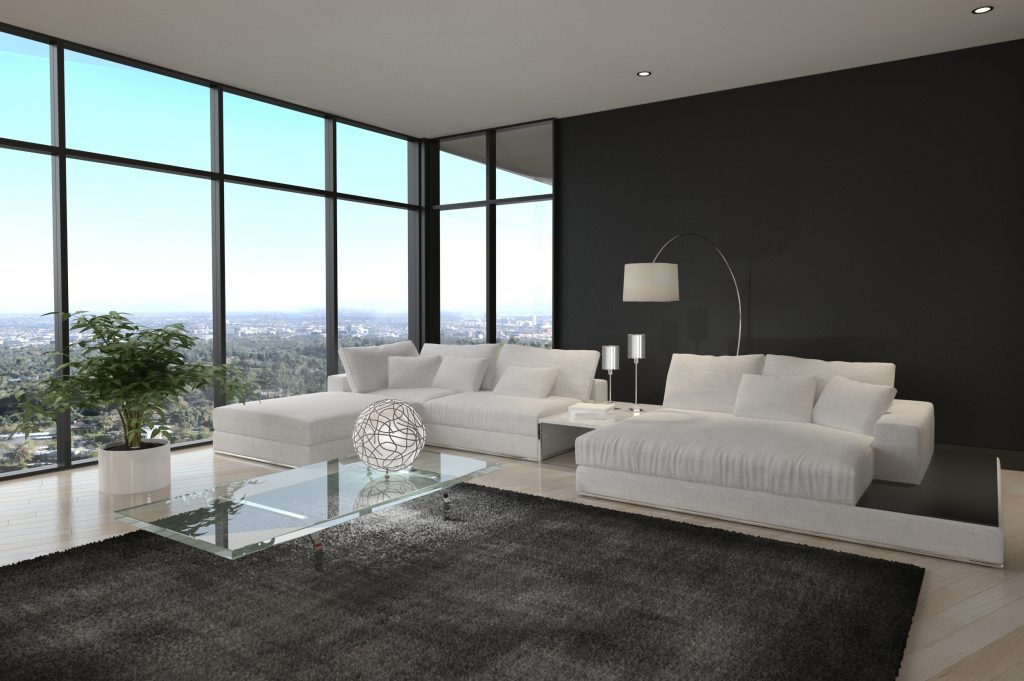The words ‘modern’ and ‘contemporary’ are synonymous, and they can be used interchangeably. This rule, however, does not hold true when one talks about them as design and style terms. When it comes to modern and contemporary furniture, they are two vastly different concepts. Knowing how to distinguish between the two will make all the difference in your home’s interiors.
This is important to remember, especially when you come across a furniture shop in Hong Kong that offers both modern and contemporary furniture.
Modern Furniture
The ‘modern’ in modern furniture is a design movement which started at the end of the 19th century and lasted through the 1960s. Modern designs favour form, function and simplicity.
Modern furniture carries a ‘less is more’, minimalistic design style. The pieces of modern furniture have no detailed carvings, embellishments and elaborate ornamentations that characterised the Victorian style that came before it. Expect modern furniture to have clean lines and be relatively simple.
Contemporary Furniture
The term ‘contemporary’, as defined by the dictionary, means ‘recent times’ or ‘happening now’. An office or a home that carries a contemporary design will match the standards of the current design climate.
Contemporary furniture may not necessarily have a modern vibe to it. While it can borrow certain elements present in modern furniture, it is also free to borrow from other styles. This type’s aesthetics and style also vary depending on the country where the furniture originated.
Currently, European contemporary furniture, for example, embodies minimalism and is famous for using clean and simple lines. Japanese contemporary furniture, on the other hand, features uncluttered open space, natural materials and low surfaces. What’s important to remember is that the features of this style are not set in stone; the design evolves over time to reflect whatever is currently in vogue.
One furniture style is not necessarily better than the other. People can choose modern or contemporary (or a mix of both) based on their personal preferences.

